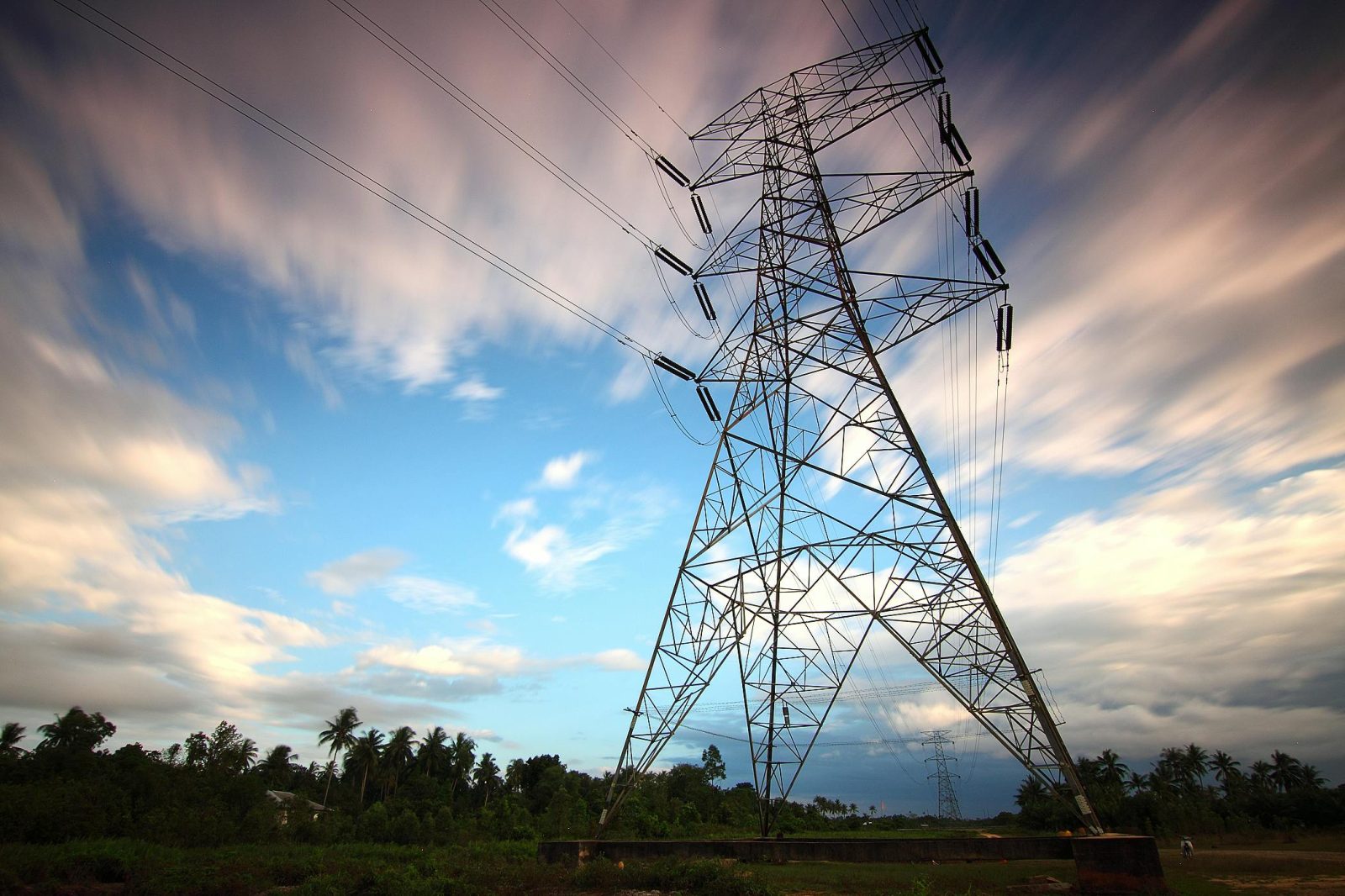The California Public Utilities Commission (CPUC) has recently updated its rules regarding the permitting of electric transmission infrastructure. This decision is part of the state’s ongoing efforts to improve reliability and meet its ambitious clean energy goals. These updated rules aim to make the process of approving and building transmission infrastructure faster and more efficient.
CPUC President Alice Reynolds stated that the decision adopts important process improvements to speed up how transmission projects are permitted and built. However, she also emphasized that the new regulations maintain a balance by preserving the state’s environmental review process. The goal is to enhance efficiency without sacrificing environmental protections.
Key Changes in the Updated Regulations
The updated transmission siting regulations, referred to as General Order (GO) 131-E, will simplify and speed up the approval process for transmission projects. These changes come as part of California’s efforts to implement Senate Bill 529, which requires improvements to the permitting, approval, and construction processes for electric transmission projects.
The updated regulations include several key changes designed to reduce delays and improve the overall permitting process:
- Early Coordination with CPUC Staff: One of the most significant changes is that applicants for transmission projects must now meet with CPUC staff at least six months before submitting their formal applications. This early coordination will help applicants prepare better and ensure a smoother review process when the application is submitted.
- Draft Environmental Documents: Applicants can now submit draft versions of their California Environmental Quality Act (CEQA) documents along with their transmission project applications. This will help expedite the environmental review process by reducing duplication and allowing applicants to complete more of the required analysis before filing.
- Pilot Program for Faster CEQA Review: A pilot program will be introduced to track the CPUC’s CEQA review timelines. This program aims to explore ways to speed up the environmental review process for certain electric transmission projects, helping to fast-track essential infrastructure development.
- “Rebuttable Presumption” for Need Determinations: When the California Independent System Operator (CAISO) determines that a transmission project is necessary, the CPUC will now automatically defer to that determination. This new approach eliminates redundant analyses of whether the project is needed, further speeding up the process.
- Clearer Terms and Early Coordination on Environmental Documentation: The updated regulations will also require clearer terms and early coordination between the applicants and the CPUC regarding environmental documentation. This change ensures that potential delays caused by unclear or incomplete documents can be avoided early in the process.
A Step Forward for California’s Clean Energy Goals
Commissioner Karen Douglas of CPUC praised the updates, saying that they will reduce redundancies and shift environmental analysis to earlier stages in the process. She also highlighted the importance of these changes in preparing California to handle the scale of grid upgrades needed to maintain a reliable electricity system and meet the state’s climate goals.
California is striving to significantly reduce its carbon emissions, and a key part of this effort is expanding the state’s clean energy infrastructure. Building renewable energy sources is critical, but it’s equally important to ensure that energy can be transported efficiently to where it’s needed most. With these new rules, California is aiming to make that process faster, smoother, and more efficient.
Commissioner Darcie Houck added that the changes to the General Order will enable quicker development of transmission projects that are essential for California to meet its clean energy targets. The state will need to significantly expand its transmission infrastructure to accommodate the growth of renewable energy sources, and these updated regulations are a step in the right direction.
As Commissioner John Reynolds emphasized, building a clean energy future involves expanding the state’s transmission infrastructure, which is necessary to get renewable energy to where it is most needed. The CPUC’s role is to ensure that the permitting process for these critical projects is as efficient as possible. The updated regulations are part of a broader effort to accelerate the development of clean energy infrastructure in California.
Conclusion
California’s new transmission siting regulations are a welcome change for the state’s energy sector. By streamlining the permitting and approval processes, these updates are designed to speed up the development of crucial transmission infrastructure. This is an important step in ensuring that California can meet its clean energy goals and build a reliable and sustainable electricity grid for the future.
(Source : newsbreak.com)













Leave a Reply